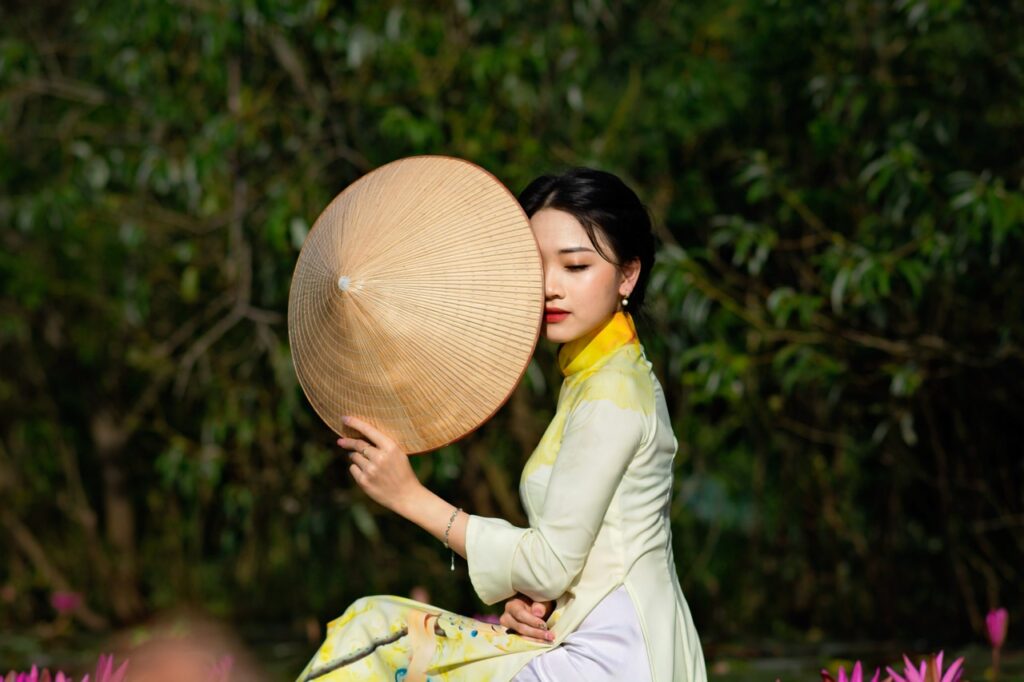Direct Painting Definition Arcyhist: The Core
Direct painting—also known as alla prima (“at first attempt,” Italian)—involves applying paint in a finished state directly to the canvas without building up multiple, often timeconsuming, underlayers. Color and form are mixed, judged, and committed in the moment.
Fundamental Principles
Work wetinwet; a painting may be completed in one session. Each brushstroke is placed with deliberate color, value, and edge—not overworked, not endlessly blended. Judgment happens before the stroke, not after. Editing is by successive marks, not erasure. Surfaces logged in the direct painting definition arcyhist are absorbent, but not thirsty; ground and canvas must be prepped for immediate response.
Routine replaces hesitation.
Stepwise Process: Direct Painting in Action
1. Preparation
Select subject: best for still life, portraits, or landscapes with clear light. Stretch and prime canvas—oil primer for oil, gesso for acrylic. Aim for a lightly “toothy” grip. Set up palette with all intended hues and values in advance; mix larger piles.
Direct painting demands speed—a single color runout can stall the process.
2. Drawing/Mapping
Blockin form with charcoal, thin paint, or brush. Shape is mapped simply—no detail, only structure. Use measuring by brush, finger, or sightsize for accuracy. Quickest mappers follow direct painting definition arcyhist by spending as much time looking as drawing.
3. Color & Value Commitment
Paint dark masses first—shadows set the form, not detail. Color is mixed to target value on the palette; no “mix on canvas unless intentional.” Work from canvas center or most important form outward. Each mark checked against what came before.
Edge discipline sets strong direct painting apart.
4. Mark and Movement
Use fulllength brush marks where possible; change direction for energy, stability, or flow. Soft edge: lightly blend, wipe, or drop a second mark to “fuzz” transition. Hard edge: clean brush, loaded paint, onepass placement. Don’t go back and “massage”—overlaps kill the energy.
Routine break: pause, step away, reexamine, then continue.
5. Highlights and Last Moves
Save lights and “punch” for final marks. Paint thick, unblended, and with confidence. Add only what serves the structure; discipline means not filling in empty space if it weakens the whole composition. Step away; edit by removal if needed.
Direct painting definition arcyhist favors restraint—finishing before fatigue.
Key Techniques and Tools
Brushes: Longflat or filbert shapes for flat strokes, rounds for detail, fan for soft edge. Palette Knife: For direct, broad application on heavy impasto work. Pigment: No more than four to five. Limit “tube” colors for clarity. Medium: Lean oil (turpentine, stand oil) for first marks, fatter mix (linseed or walnut) for top layers if used.
Routine: Clean brushes, log pigment mixes—each color ratio matters for future sessions.
Pitfalls to Avoid
Overblending: kills the sense of energetic mark. Undermixing: muddies color, especially if slow or hesitant. Chasing lost edge/shape endlessly—discipline is knowing when to let an error stand and pivot. Rushing prep—direct painting fails fastest on an unprepared surface.
Discipline Routine for Direct Painting
Daily/weekly: sketch in paint or dry media, quick studies. One full alla prima (direct) painting weekly; log time to finish, accuracy, and process challenges. Review each work: what succeeded, what lost energy or shape? Reattempt using fewer marks next time.
Building a Body of Work: Direct Approach
Series in direct painting: limit subject, palette, or view. Hang finished works for critique session—apply direct painting definition arcyhist criteria in group or solo review. Pair direct painting with longerterm projects for technical balance.
In the Gallery: Direct Painting as Display
Opt for open, welllit spaces; avoid glare. Hang with minimal frame—edges are the signature of the approach. Wall text: focus on technique, session length, intent, and major technical challenge conquered in each.
Documentation is as disciplined as the art.
Conclusion
Direct painting rewards structure above all. Every successful mark is the result of planning, prep, and relentless, inthemoment review. For critics and collectors, the logic and process—charted thoroughly in the direct painting definition arcyhist—are as valuable as the final composition. Outplan, outmix, and outedit until each piece is evidence of both energy and restraint. In the disciplined hand, direct painting is clarity in motion—art, not accident.
